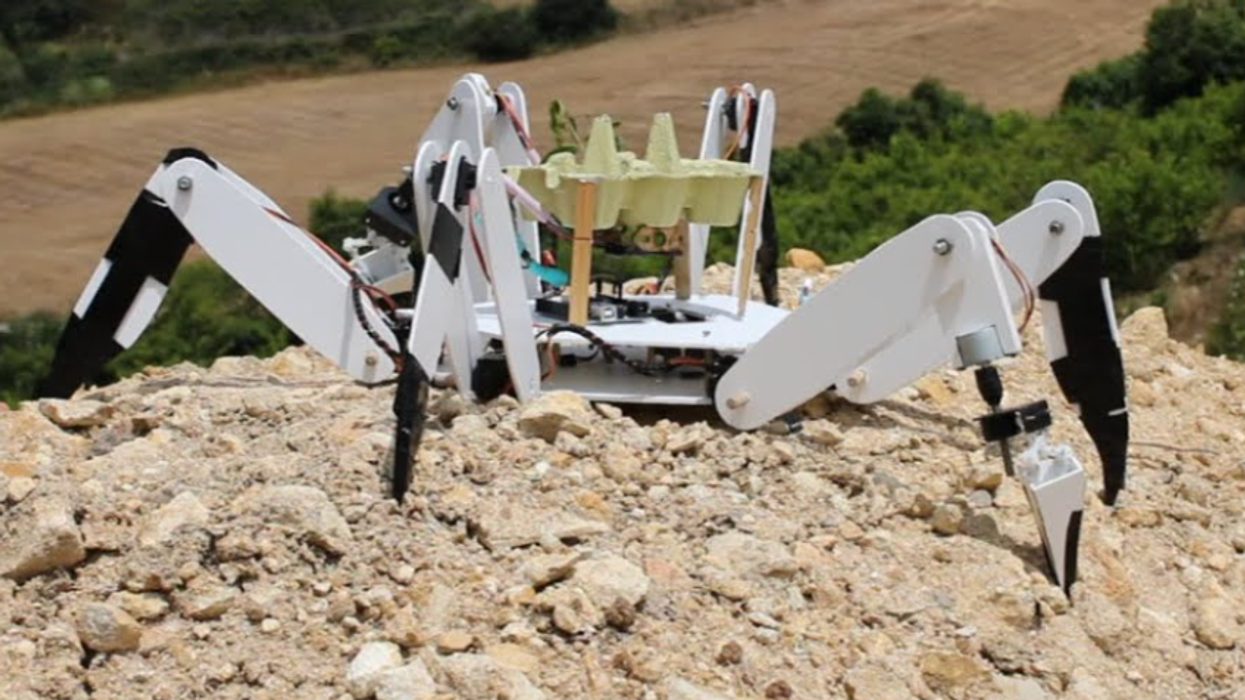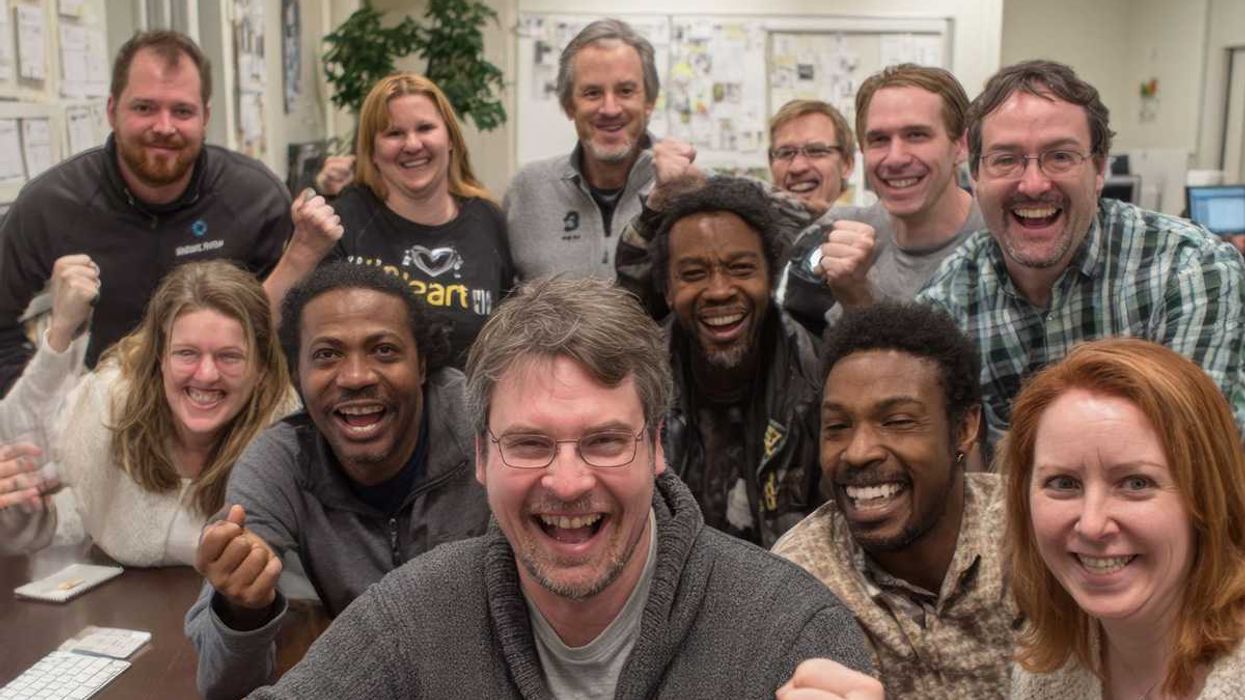Many rural areas such as Turnbridge, Vermont don’t have cell phone service. In the case of that town, there was no cellular service for 10 miles in either direction. In today’s modern world, not having access to such communication isn’t just inconvenient, it can be risky in case there is an emergency. That’s why a local engineer, Patrick Schlott, installed old-school pay phones throughout the town, but with one difference this time—they’re free to use.
“Everyone’s pretty surprised, and they’re like, ‘Is that a real payphone? Does that really work?’ And I’m like, ‘Yeah, but it doesn’t cost any money now,’” said local store owner Mike Gross to WJTV 12 News. “We’ve had people use it that broke down. It’s a great thing because service is so spotty in Vermont.”
- YouTube youtu.be
Gross and his general store were the first to have one of Schlott’s phones installed after he was assured by Schlott that the phone’s use would be absolutely free of charge. Since then, Schlott has installed phones at the local library and the town’s information center, with the community requesting more phones at other locations. But how does all of this work?
When he got the idea, Schlott purchased old pay phones from flea markets, auctions, and online to get started. Since he works full-time as an engineer at BETA Technologies, an electric airplane manufacturer, Schlott used his professional know-how to fix them up and install equipment that converts an Internet telephone line to an analog line that the phones can operate from.
@lydia_kyl Rural life problems 🤷🏼♀️ #fy #fyp #takeaNAIRbreak #ranchlife #countrylife #rurallife
No quarters or money are needed by the callers. Schlott himself covers the costs, which are $2 to $3 per phone line and and about $5 per month to cover the calls. Schlott also acts as the operator for the phones, fielding and transferring calls when needed. Schlott may coordinate with the town to cover expenses as the service expands, but, for now, he’s happy to cover for it. He’s especially happy to do it since it’s been helping townsfolk connect with one another—specifically kids trying to contact their parents to pick them up from the library or other areas of town. He’s excited to bring some nostalgia through the service, too.
“It’s cool to see something retro that has that old-school appeal but also works,” said Schlott. “To actually hear it ring, to pick it up and have a dial tone, I think there’s real power in that. And I don’t think they should end up in a landfill. They should be recycled and put to good use.”
In this case, it’s fortunate that Turnbridge had Internet access so a workaround for the lack of cell phone service could be achieved, but many other rural areas lack cell service and Internet access. What about them?
Two reasons why rural areas lack access to cell phone service and the Internet include the geography and population of those places. Cell towers are difficult to install in places with deep valleys, high hills, and heavily forested areas—which are typical in most rural towns. There’s also the financial aspect, as cell service and Internet access aren’t utilities in the United States. Major nationwide service providers might not see installing towers in those areas as a worthwhile money-making expense.
@telecastky #stitch with @natepetroski lets talk about Starlink vs. FWA #broadband #internet #tech #techtok #rural #digitaldivide #ruraldevelopment
While there are limitations now, there are movements to improve the accessibility of such services to small towns. Independent organizations and the USDA both propose initiatives to provide broadband connectivity to close the digital divide, especially since these areas are hit the hardest during natural disasters and would benefit from having full access to all communication services available during emergencies. Until then, there is also a push to improve radio services in these areas and more so that locals can get as much information and news as it happens.
With time, know-how, investment in our rural neighbors, and maybe a decommissioned pay phone or two, we can offer communication access and free services to everyone regardless of location and class.



















 Good morning world!
Good morning world! A smiling team at work.
A smiling team at work. 

 Boy playing in superhero costume.Image via
Boy playing in superhero costume.Image via  Kids in the hero costumes.Image via
Kids in the hero costumes.Image via 
 Kids raise their hands and stretch.Image via
Kids raise their hands and stretch.Image via  Kids learn songs in the classroom.Image via
Kids learn songs in the classroom.Image via  This man has his mind blown on Adult Swim. media4.giphy.com
This man has his mind blown on Adult Swim. media4.giphy.com 
 Happy businesswoman and friends.Image via
Happy businesswoman and friends.Image via  Embrace change.Image via
Embrace change.Image via  Students in a group leap.Image via
Students in a group leap.Image via  Child taking a risk for play.Image via
Child taking a risk for play.Image via 

 Nurse and patient smiling.
Nurse and patient smiling.